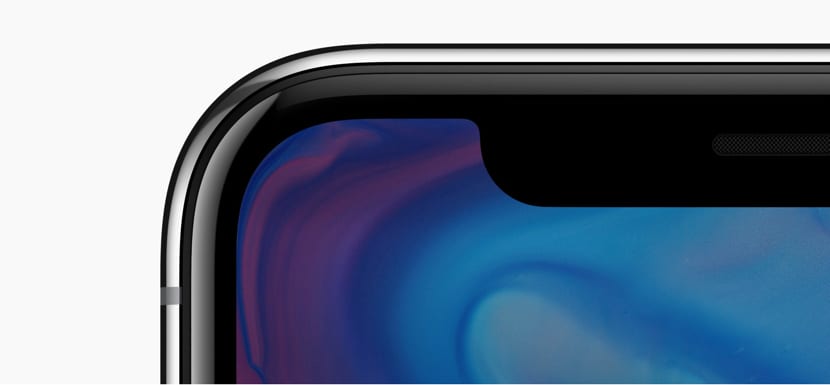
The new iPhone X, XS, XS Max and XR have a common design in which, above all, the notch, the salient on the screen that has given so much to talk about during 2018.
Of course, it is an overhang with reasons, since part of the front of the iPhone is needed to include sensors for light, proximity, camera, speakers, etc.
However, both Apple and other companies They seek to be able to offer a mobile that is all screen. Without frames and without notch.
Well it seems that AMS, the maker of some iPhone sensors, has introduced infrared light and proximity sensors that can be placed behind the screen.
They call it sensors "behind OLED”(Behind the OLED), referring to the fact that would be included within the screen surface and they would not require a dedicated space -the notch-.
AMS promises that mobile device manufacturers - since it not only produces components for Apple- they will be able to reduce the edges of their mobiles thanks to these sensors behind OLED.
Still, we must remember that the notch has come to stay. Like it or not Apple have included it in the design of their iPhone as a symbol of the brand as is the Home button on previous iPhone models. A symbol that has lasted 10 years and that makes us think that the notch it will be the symbol for the next decade.
Of course, as the Home button has already done, its layout may change. In fact, These sensors that are located behind the screen could cause the length of the notch to decrease (as we have already seen in some rumors), since the number of sensors and other components that require that space, such as the camera or the front speaker, would be less.